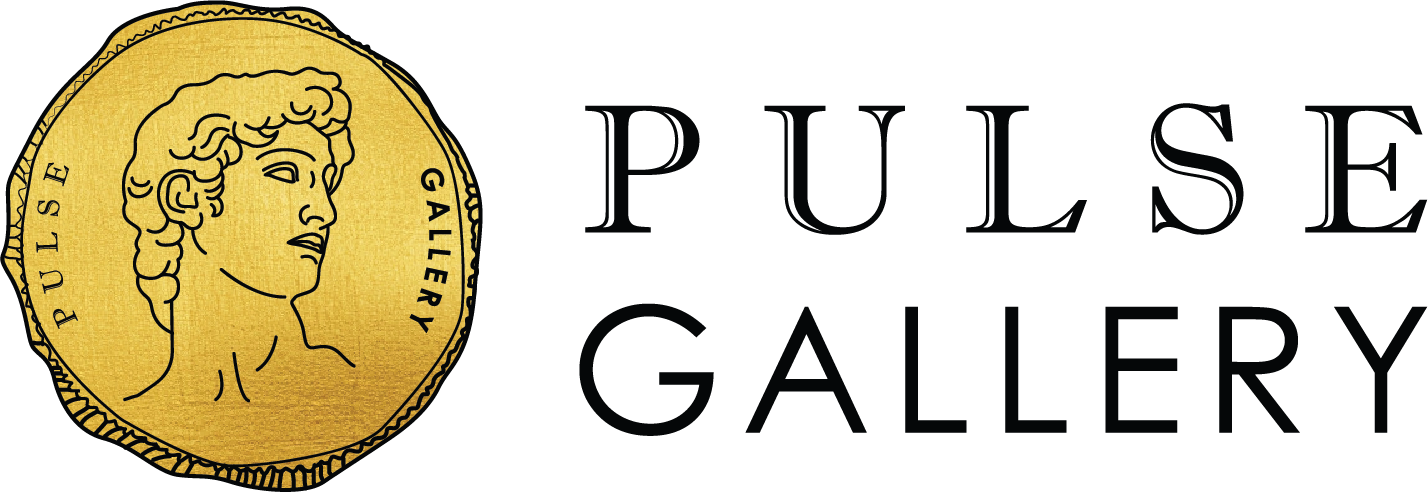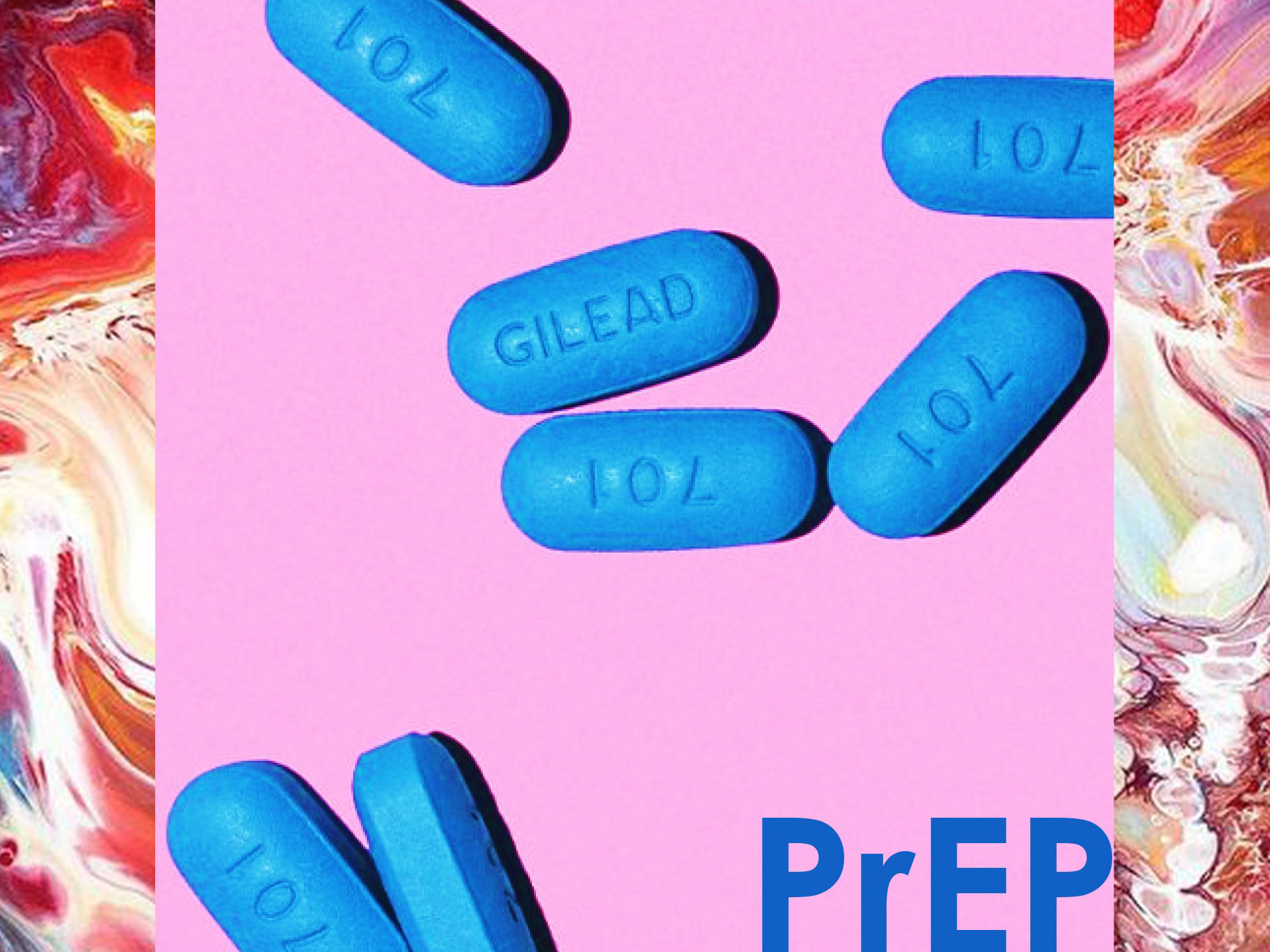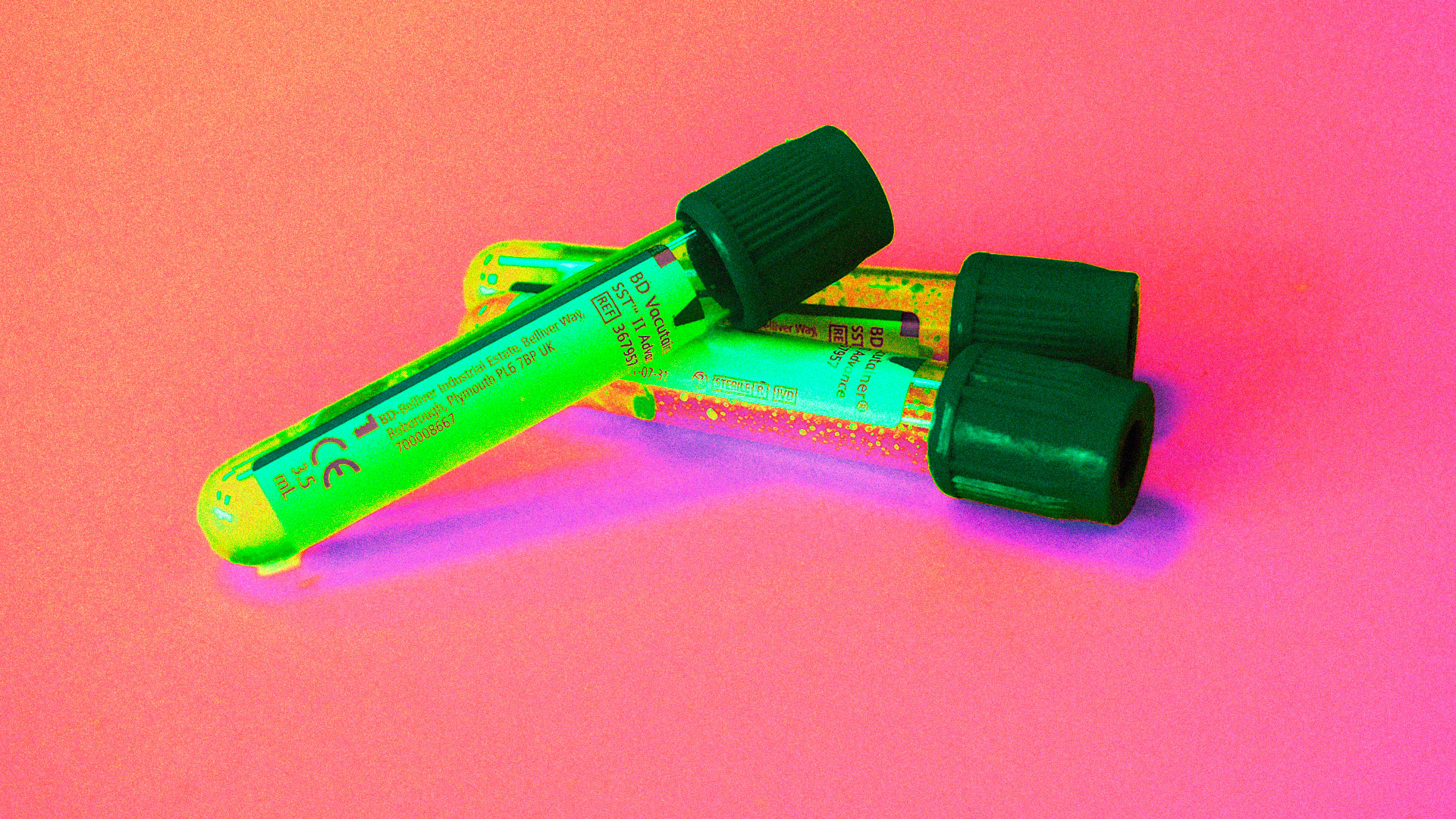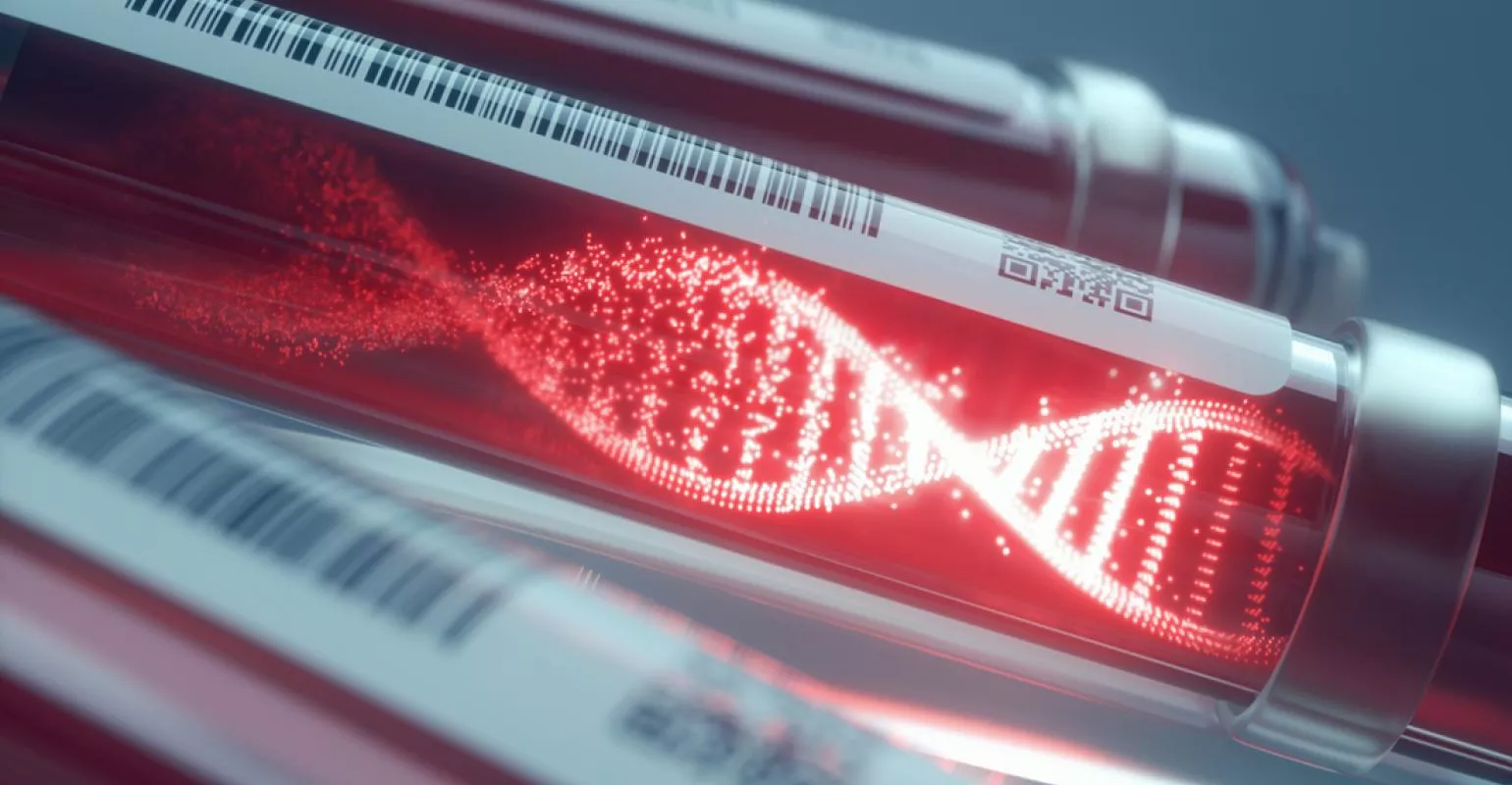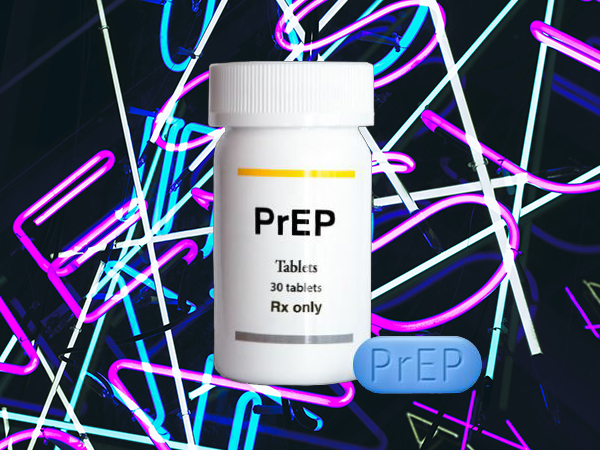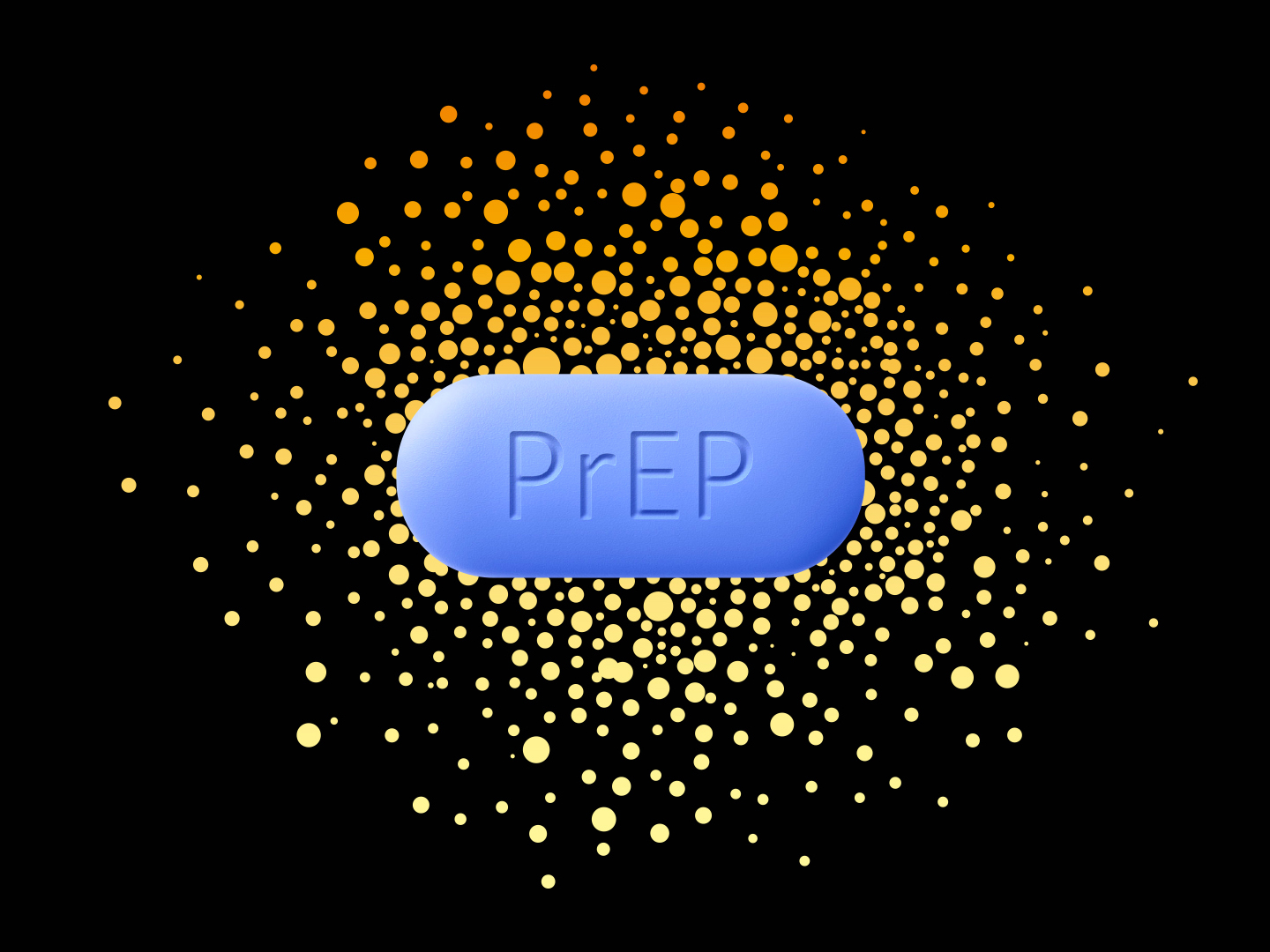How Can Gay Men Have Safe Sex?
16474
Safe sex tips for gay men. There are so many ways to prevent HIV and STDs. It's important that you know it all!
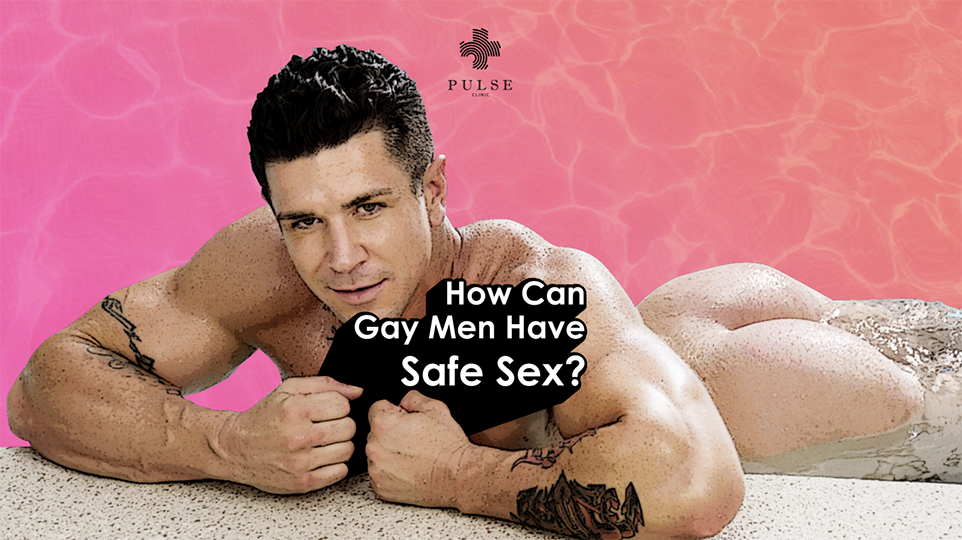
Written by Dr.Deyn on 23 Jan 2018, last updated 6 June 2021
How Can Gay Men Have Safe Sex? PULSE Guide to Safer Sex for Gay Men
Now that condoms aren't the only tool in the toolbox, what prevention method works for you?
Traditionally, ‘safe’ or ‘protected sex’ has been equated with the use of condoms. But we are far from traditional. With the new prevention method such as PrEP, it is safe and it works very well to prevent HIV infection. Even though condoms are cheap (actually it is free at our clinics and we have every sizes available for you), most accessible, safe and practical way to prevent sexual transmission of HIV and some other sexually transmitted infections (STIs), not everyone (including straight people, gay men and sex workers) are using it (and we can not put it on your dick for you!!!!) with other prevention strategies such as PrEP which in Thailand is as cheap as condoms (if not cheaper when used daily) and PrEP is available offline and online. We also have emergency PEP for people who need it after the thing happened.
The US Centre for Disease Control has changed the definition of the term ‘protected sex’ to refer to more than sex with condoms. For example, people with HIV who take treatments and have an undetectable viral load are effectively utilising a form of protection (‘treatment as prevention’), as are people who are HIV-negative taking antiretroviral drugs as pre-exposure prophylaxis (PrEP), that's why we told you safe sex can mean more than "condom" alone, there are other many ways to keep ourselves and our community safe. While knowing that PrEP, PEP, TasP are good strategies to prevent HIV, we still encourage you to use condoms to keep you safe from other STIs because PrEP alone can not prevent other bacterial and viral STIs that why we use PrEP and condom together for highest protection. And today CDC just updated their PrEP page to include the following sentence, "Studies have shown that PrEP reduces the risk of getting HIV from sex by about 99% when taken daily." Click to read more on CDC. There're so many ways to prevent yourself from getting HIV, which one will you chose?
|A lot has changed since 1983. Bangs are out, beards are in, and condoms are no longer the end-all when it comes to HIV prevention.
Today, the modern gay and bisexual man has a variety of options to prevent HIV, none of which should come with fear or hesitation when it comes to his sex life. Unfortunately, the pitiful sex education provided to gay youth fails to mention a practical approach to gay sex. To make up for it, here is a quick and easy guide to selecting the safe-sex method that works for you.
WHERE CAN I GET CONSULTATION ABOUT GAY MEN'S HEALTH?
![]() Thailand
Thailand
PULSE Clinic Silom Bangkok info.bkk@pulse-clinic.com Tel: +66 65237 1936 or WhatsApp
![]() or LINE official account
or LINE official account ![]()
PULSE Clinic Nana Bangkok info.bkk@pulse-clinic.com Tel: +66 95915 6385 or WhatsApp ![]() or LINE official account
or LINE official account ![]()
PULSE Clinic Patong Beach, Phuket info.phuket@pulse-clinic.com Tel: +66 95261 5282 or WhatsApp
![]() or LINE official account
or LINE official account ![]()
PULSE Clinic Sukhumvit 37,info.bkk@pulse-clinic.com Tel: +66 92497 9353 or WhatsApp
![]() or LINE official account
or LINE official account ![]()
PULSE Clinic Airport Link Phayathai, Bangkok info.bkk@pulse-clinic.com Tel : +66842426292
PULSE Clinic Asoke – Executive Health center Asoke, Bangkok info@eu-health.org Tel :+66 64 742 6528 or WhatsApp
![]() or LINE official account
or LINE official account ![]()
PULSE Clinic South Pattaya info.bkk@pulse-clinic.com Tel :+66 62 828 7969 or WhatsApp
![]() or LINE official account
or LINE official account ![]()
PULSE Clinic North Pattaya info.bkk@pulse-clinic.com Tel :+66 62 828 7969 or WhatsApp
![]() or LINE official account
or LINE official account ![]()
![]() Malaysia
Malaysia
PULSE Clinic Bukit Bintang, Kuala Lumpur info.kl@pulse-clinic.com Tel: +60321102122, Whatsapp +601165388678
PULSE Clinic Bangsar, Kuala Lumpur info.kl@pulse-clinic.com Tel: +60321102122, Whatsapp +601165388678
Hong Kong
PULSE Clinic Central, Hong Kong info.hk@pulse-clinic.com Tel: +852 2389 8250
![]() Singapore
Singapore
PULSE Clinic Tanjong Pagar, Singapore info.sg@pulse-clinic.com Tel: +65 6974 59190 or WhatsApp
![]()
![]() Philippines
Philippines
PULSE Clinic Manila, Philippines info.ph@pulse-clinic.com Tel: +63 91712454970 or WhatsApp
![]() or LINE official account
or LINE official account ![]()
Trust PULSE CLINIC to take care of your health like other 45000 people from over 130 countries. We provide discreet professional service with high privacy. Here to help, not to judge.
How Do I Have Safe Sex as a Gay Guy?
1. The regular and correct use of CONDOMS & LUBE
Condoms provide an effective strategy to prevent HIV as they stop the passing of fluids from one partner to the other. Condoms are best used with water-based or silicon-based lubricants as they do not compromise the structure of the condom or eat away at the rubber or latex as oil-based lubricants will.
There haven’t been enough studies on the efficacy of condoms in anal sex, but in a nutshell, condoms are the easiest and cheapest way to prevent HIV. However, if condoms were all it took to prevent HIV, new infections wouldn’t be on the rise among young gay and bisexual men. The majority of gay men reported that they failed to wear condoms 100 percent of the time. Overall, attempted consistent condom use has been found to be 70 percent effective in preventing HIV infection. In other words, condoms work, but only if you use them. If you are someone who doesn’t always manage to slip on a rubber, condoms aren’t the fail-safe method you might have thought.
|Safe-Sex Suggestion: The standard condom was created for vaginal sex. Buying extra-strong condoms or anal condoms, decreases your risk of condom failure.
Condoms for oral sex, Oral sex (aka blow job, going down on, giving head)
Oral sex puts you at risk for herpes, gonorrhea, chlamydia, syphilis and (to a much lesser extent) HIV. Because of this, it’s a good idea to use condoms for oral sex performed on a penis. Many people prefer flavored condoms for oral sex, since they taste better than non-flavored ones. Stay away from flavored condoms for other kinds of sex though—they can lead to infections in some people because of the sugars.
Condoms for Anal sex
Anal sex (penetration of an anus by a penis) is an especially high-risk activity for STIs because the anal tissue is very sensitive. Friction during sex can create micro tears, which are easy entry points for infections. Always use condoms and lube for anal sex. Lube reduces the friction during sex, making sex more pleasurable for everyone. This is especially important since anal tissue doesn’t produce natural lubrication like vaginas do. Learn more about how to use lube and how to have safe anal sex.
Condoms for Toys
Toys can spread STIs if you share them with others, and one of you has an STI. You can prevent this by not sharing toys, cleaning them before sharing, or using condoms on the toys (just change the condom before your partner uses it). Keep in mind that not all sex toys are designed to be used in the anus. If you’re interested in using toys, do some research and make sure that your toy has a flared base. Your intestines are a large place, and it’s surprisingly easy to get something lost up there! A flared base will keep your toy in place, so you don’t have to make an awkward, expensive trip to the emergency room.
Analingus (aka rimming, or contact between the mouth and anus)
Analingus puts you at risk for herpes, gonorrhea, chlamydia, HPV warts, LGV, syphilis and HIV. To protect yourself and your partner, use a dental dam. This is a sheet of latex that you can put over the anus to create a barrier. You can make one from a condom by cutting off the tip and cutting it lengthwise since we don't really know where to buy the fcking dental dam, damn! Anyway I have never seen or had any patients who told me they use condom for rimming. So to tell people to use dental dam for rimming is really unrealistic.
Manual sex (aka a hand job, or fingering)
While manual sex is a generally low risk activity, you can still get or spread HPV warts, syphilis, herpes, or pubic lice this way. Washing your hands thoroughly before and after manual sex goes a long way in preventing the spread of infections.
2. The correct use of PrEP (Pre-Exposure Prophylaxis)
Pre-Exposure Prophylaxis (PrEP) is the regular use of HIV medications by HIV-negative people to prevent HIV infection.
It is a way for people who do not have HIV, that means you HAVE TO get tested before you start taking it.
You can not start taking it if you THINK you are HIV negative, you HAVE TO get tested!
The pill (brand name Truvada, many generic names available now at cheap price) contains two medicines (tenofovir and emtricitabine).
|PrEP is highly effective for preventing HIV. Studies have shown that PrEP reduces the risk of getting HIV from sex by about 99% when taken daily.
Among people who inject drugs, PrEP reduces the risk of getting HIV by at least 74% when taken daily.
PrEP is much less effective if it is not taken consistently. So don't blame us if you don't take it wrongly! Or there are times when you didn't take PrEP and fuck bareback! We want you to use PrEP with condom and be aware that bareback sex can lead to STIs.People who use PrEP must commit to taking the drug every day and seeing their health care provider for follow-up every 3 months.
Taken as prescribed, PrEP is highly effective at stopping the transmission of HIV and allows people to be in control of their HIV status.PrEP has the significant impact to reduce new cases of HIV infection in San Francisco, London, Australia and Thailand.
It is an important new option in the suite of HIV prevention strategies and, alongside treatment as prevention, will support our world to meet its target of ending HIV transmission.
More details about getting PrEP at clinic
More details about PrEP online
Facts about PrEP pills
Although pre-exposure prophylaxis, or PrEP, for HIV prevention might not be as easy to use as condoms, that very well may be why it works better for you. PrEP requires you to take real action to ensure your sexual safety. The use of PrEP requires a prescription from your doctor for Truvada (or Teno-Em or Ricovir-Em or Tenof-Em or Descovy or Taficita and Tafero-Em) so many drugs so far approved for PrEP, and regular checkups to ensure your health and compliance. When taken daily, the drug is 99 percent effective in preventing the user from contracting HIV from a partner. Even if a user misses one or two doses per week, PrEP’s efficacy remains high. The key difference between PrEP and condoms is how it is administered. The PrEP drug is taken with your morning breakfast or right before you go to sleep. Although it directly impacts your sexual health, taking PrEP is separate from the sexual experience. Let’s face it; “forgetting” to wear a condom is not the same thing as forgetting to take a pill.
|Safe-Sex Suggestion: Set a reminder on your phone so that you never miss a dose. We all forget from time to time.
3. Condoms + PrEP
Even if you take PrEP religiously, it does not protect against other sexually transmitted. If you are unfamiliar with your sexual partner and wish to further protect yourself, the use of condoms and PrEP is your best bet.
4. Emergency PEP (Post-exposure prophylaxis)
Emergency PEP is a 4-week course of anti-HIV medication that is shown to be effective in preventing HIV infection if started within 72 hours of exposure.
The key to PEP is accessing it as soon as possible after you think you may been exposed to HIV. PEP is most effective within up to 24 hours of exposure and unlikely to work if not taken within 72 hours (three days) of the suspected exposure to HIV.
If you believe you have been exposed to HIV, or have exposed someone to HIV, come to our clinic ASAP to get PEP. Read more here about Emergency PEP.
|Safe-Sex Suggestion: Don’t wait until you are under stress. Talk to your doctor about PEP and PrEP before you find yourself in a precarious predicament.
5. Treatment as Prevention (TasP)
is the use of antiretroviral medication to prevent the transmission of HIV to sexual partners.
HIV treatments ensures that an HIV positive person’s immune system is healthy and reduces the risk of disease advancement associated with HIV. These treatments suppress the levels of HIV (viral load) in a person’s blood and other bodily fluids to ‘undetectable’ levels.
In recent years, a number of trials (HPTN052, PARTNER, and the Australian study Opposites Attract) have confirmed that TasP is effective at preventing HIV transmission. In these studies there was no cases of HIV transmission among heterosexual and gay couples where one partner was HIV-positive and the other negative (serodiscordant), where the HIV-positive partner’s viral load was undetectable. This means that there is ZERO risk of HIV transmission from someone on HIV treatment with an undetectable viral load.
It is critical that access to treatment is equitable and affordable for all people with HIV and that immediate access to treatment is available for people diagnosed with HIV.
As with PrEP, combining condoms with TasP protects against other STIs as well as HIV. It may also place you or your sexual partner at ease if either of you are not yet comfortable with the science of TasP. The use of condoms in addition to TasP is 100 percent effective and leaves you worry-free.
6. Low/No Risk Sexual Practices
There are a number of sexual practices that present no or low risk for HIV transmission that you and a partners can enjoy. These include the following:
|NO RISK
Massage: Massage and rubbing bodies against each other presents no risk of passing on HIV.
Rimming: You cannot acquire or pass on HIV by rimming (licking or eating out someone’s arse). However, hepatitis A and gut infections such as shigella are easily passed on this way.
Kissing: Saliva does not transmit HIV meaning kissing is completely safe.
Watersports: The terms ‘watersports’ and ‘piss-play’ refer to sexual acts involving urine. HIV is not present in urine so watersports carry no risk of HIV transmission.
|LOW RISK
Oral sex: Oral sex carries a very small risk for HIV transmission. For more detailed information, check out our Oral Sex page.
Fingering: Playing with someone’s arse or vagina with your fingers is a low risk activity for passing on HIV. However, trimmed fingernails and thorough hand washing is a good idea to help prevent damage to the wall of the anus or vagina and to lessen the risk of passing or acquiring a sexually transmitted infection (STI).
Fisting: Fisting means inserting your fist in someone’s arse or vagina. Fists can create serious cuts in the lining of the arse or vagina, which can allow HIV to be passed on if the person being fisted is then fucked without a condom. The person doing the fisting could also get HIV if they have any cuts or scratches. Latex gloves are important for protecting both participants. Surgical gloves are best.
Sex Toys: HIV can be transmitted from person-to-person via sex toys such as dildos, vibrators and butt-plugs, if they are being shared. When PrEP or treatment as prevention are not being used, putting a condom on toys and changing the condom before using it on a different person will prevent HIV being passed on. Alternatively, you can wash sex toys thoroughly with soap and hot water after each person. Sex toys that are shared but not covered with a condom or cleaned between uses can also transmit other STIs.
Douching: Douching is a way of cleaning your arse or vagina before being fucked and is done by inserting a tube or douching bulb into your arse and flushing it with water. Douching can increase the risk of HIV infection because it removes the mucous lining leaving you vulnerable if having sex without a condom, when PrEP or treatment as prevention are not being used. Also, using a douche with a nozzle can cause tiny cuts.
BDSM: The letters BD/SM stand for bondage and discipline, and sadism and masochism, which refer to practices involving dominance, submission, discipline, punishment, bondage, sexual role-playing, sexual fetishism, sadomasochism, and power exchange, as well as the full spectrum of mainstream personal and sexual interactions. Fantasy and role-play are where people act out particular fantasies or role-play characters during sex. Not all role-playing actually involves sex, although some of it does. These activities are generally no riskier for HIV or STI transmission than any other kinds of sex and the same guidelines around safe sex apply. For people who may be into ‘blood-sports’ extra precautions should be paid to ensure HIV and other blood-borne viruses such as hepatitis C are not transmitted.
Piercings: Many people find body and genital piercings a turn-on. There are a few things about piercings to be aware of:
- Genital piercings such as a Prince Albert (a ring through the bottom of the head of the penis) can cause tears and abrasions in the anus or vagina during fucking
- Be careful that piercings on the cock don’t tear the condom
- New piercings do occasionally get infected: if this happens to your genital piercing, avoid sex until it has healed as the infection can increase chances of passing on or getting HIV
- Like tattooing, getting a piercing involves penetrating the skin with a needle and so could pass on HIV or other STIs if the needle is not adequately sterilised between piercings.
7. Oral Sex and HIV Transmission
Oral sex is considered a very low risk practice in regard to HIV transmission. In the case of oral sex with a HIV positive partner, the risk of transmission is lowered even further if the HIV-positive partner is on treatment and has a low viral load, and/or the HIV-negative partner is using pre-exposure prophylaxis (PrEP).
The risk can increase if there is cumming in the mouth, and if there are cuts or ulcers in the mouth, or the presence on another STI. Even in these instances it is still regarded as low risk. Caution should be taken with this in mind, particularly directly after dental surgery or immediately after flossing.
8. Strategic Positioning
Strategic positioning involves two men not using condoms, PrEP or treatment as prevention (one HIV negative and the other being HIV positive) sexually positioning themselves to reduce the risk of passing on HIV. This usually involves the HIV negative partner taking on the insertive position (the top) because a penetrative partner is less likely to acquire HIV than a person who is taking the receptive position (the bottom). Although this reduces the risk, HIV can still be transmitted through rectal fluids.
9. Serosorting
Serosorting involves sex between people who choose sexual partners who share the same HIV status as them. An example of serosorting practice would be an HIV positive person choosing to engage sexually with another HIV positive person, and the same applies to a HIV negative person engaging sexually with a HIV negative partner. Serosorting is thought to reduce the risk of acquiring or transmitting HIV as partners share the same HIV status (negative or positive).
|The key to serosorting is actually knowing both your HIV status and your partners’ HIV status. HIV infections can still occurs using serosorting when people think they are both HIV negative but one person isn’t. Serosorting also offers no protection from other STIs.
Sero-sorting is the act of choosing your sexual partners based on their HIV status, and it is an outdated, antiquated, and ineffective way to prevent HIV. One in eight people living with HIV are unaware of that fact, and they account for one out of five new infections. A study presented at the 2012 Conference of Retroviruses and Opportunistic Infections found that restricting sex to partners who you think are HIV-negative does not work as a prevention strategy. The problem is that many people are unaware they are HIV-positive, and they assert that they are HIV-negative.
10. Pulling Out
Although not a particularly successful method of HIV prevention, pulling out has been used to reduce HIV transmission in situations where condoms are not used. Pulling out involves removing the penis before ejaculating during anal or vaginal sex to reduce the risk of transmitting HIV. HIV can still be transmitted through pre-cum (pre-seminal fluid), and rectal and vaginal fluids. Using pulling out also runs the risk of not pulling out in time before ejaculation or getting caught up in the moment and not pulling out at all.
11. Relationship Agreements
A relationship agreement (or safety agreement) is an agreement between you and your partner to protect against HIV. Some people in relationships decide not to use condoms with each other. This type of agreement is not for everyone but it can work well. It can be safe but only if you are sure you are both still HIV negative. The most common form of agreement is whether you are allowed to have sex with other partners outside the relationship, and if you are what kind of sex you are allowed to have.
12. Harm reduction intervention: Safe Drug Use
Sharing drug-injecting equipment puts you at risk of HIV, viral hepatitis. The guidelines below offer advice on injecting safely and minimise the risk of acquiring HIV and other blood borne viruses.
Needles and syringes: New injecting equipment should be used for every injection. These can be obtained from needle exchanges.
Filters: Filters should be disposed of and not re-used.
Spoons: Spoons can be disinfected using a clean swab. Swabs are available from needle exchanges or chemists.
Mixing water: Sterile water, available from chemists and some needle exchanges, should be used to mix drugs. Recently boiled water, non-carbonated mineral water or the sterile saline solution used for contact lenses can also be used. If the mixing water is used for multiple mixes, make sure that only sterile syringes draw the water from the water container or glass. Never draw water using a used syringe.
Tourniquets: Tourniquets that have been used by someone else can have tiny, microscopic drops of blood left on them. Therefore it is best to use a new, clean one for every hit. Disposable tourniquets are available from needle and syringe exchange programs and chemists.
It’s important to remember that using recreational drugs can lower your inhibitions and make it more likely you will take risks with sex that you otherwise would not.
I have my prescription and I want to order now, TAKE ME THERE !

